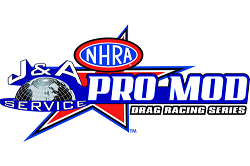Supercross Inc Vs Mickey Thompson Entertainment Group
History...
Feld bought the SX rights from Clear Channel. Feld also runs the Rigling Brothers circus and Disney on ice.
Mike Goodwin promoted and ran the first ever LA coliseum SX and is usually credited with making SX big time. In the old days there used to be different promoters for different regions. Mickey Thompson (MTEG) in Cali, the West brothers (World Sports) in FL/southeast, Mike Kidd in TX/midwest, and others around the country. The promoters along with the AMA used to run the series. After big concert/event promoters started wrapping up exclusive deals with most of the stadiums the individual promoters got pushed out. I know I am forgetting several of them but in recent years SX has been run by Standing Room Only (SRO), Pace motorsports, SFX, Clear Channel and now Feld.
Like you said AIR tried to get into the mix at one point during the 90's and when Clear Channel and the AMA got into a power...









